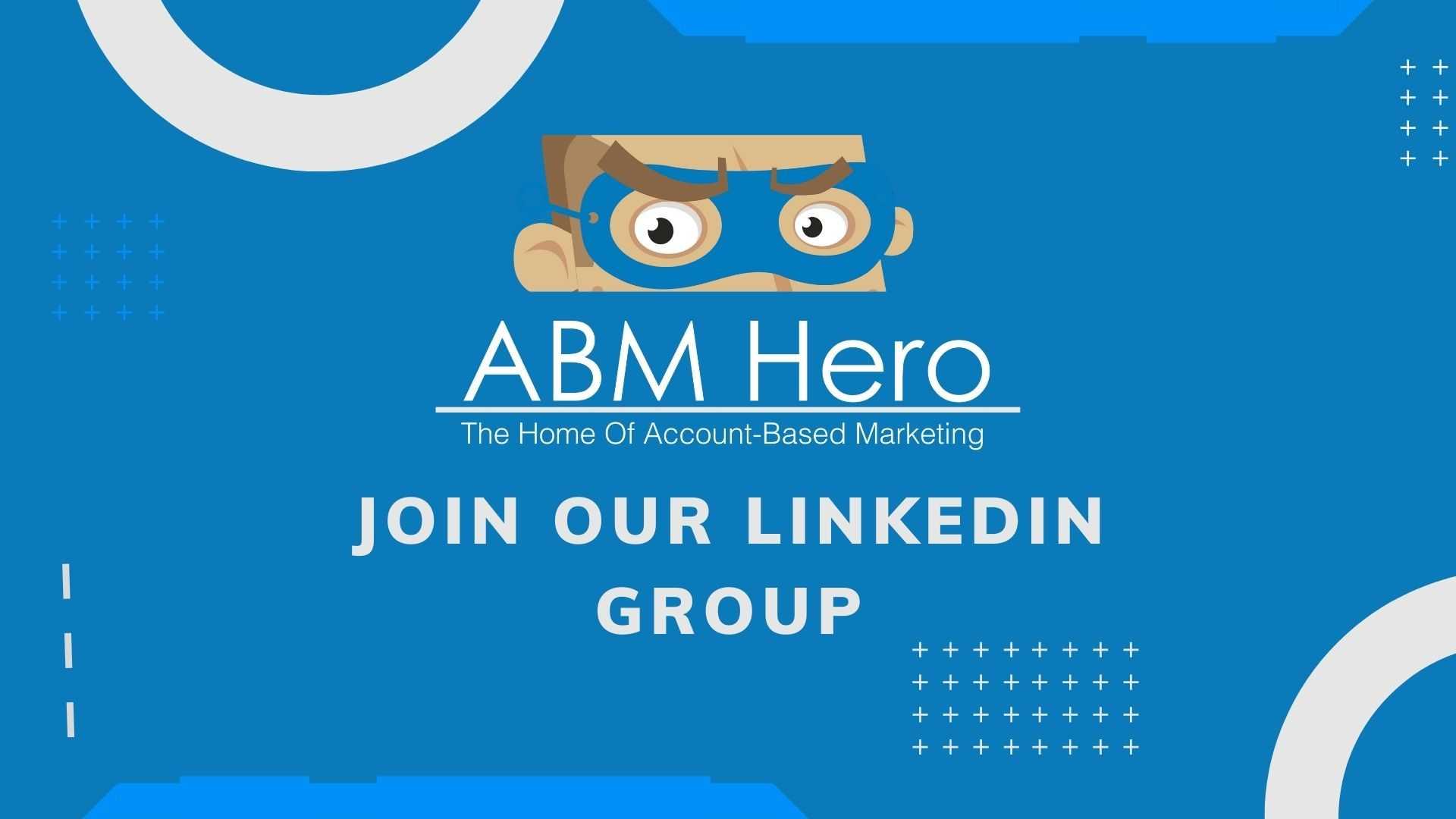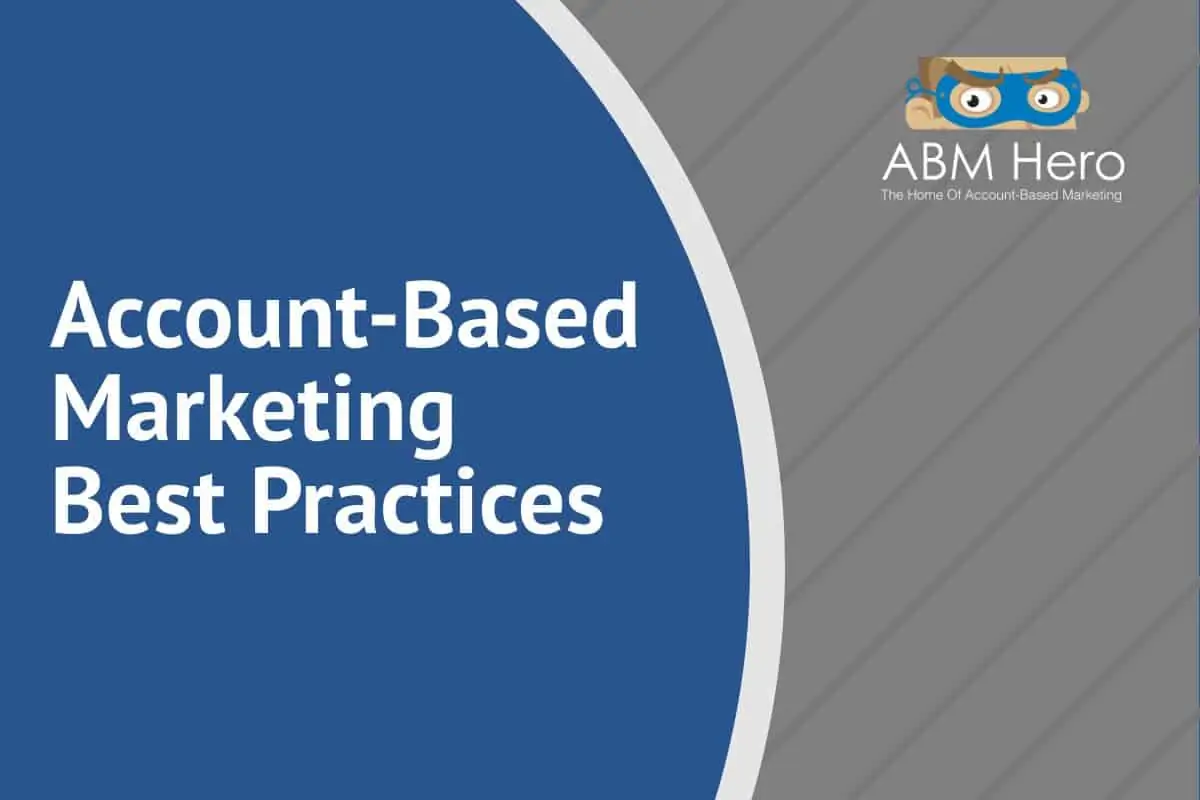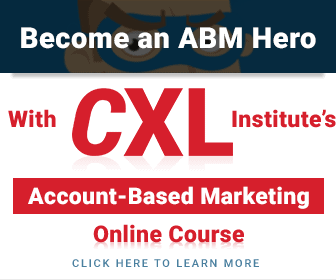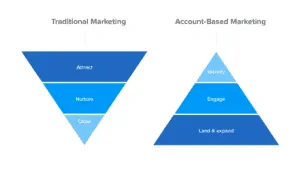Let’s face it; no one has time or resources to waste right now. If your marketing campaign isn’t securing those account leads as you need it to, then it’s time for a new approach. You may have heard of account-based marketing, and with good reason.
More and more businesses are pivoting to the ABM model in these increasingly turbulent times, and the statistics show that it can really pay off. A recent study showed that 97% of marketers said that ABM had a “much” or “somewhat” higher ROI than their other marketing strategies. If you haven’t come across this term before, or if you’re wondering where to start, here are the steps that you will need to take to get it up and running.
What Is Account-Based Marketing, Or ABM?
While the traditional marketing and sales approach has been to start out by targeting as many different accounts as possible before gradually filtering down the potential leads until you arrive at genuine results where you can start building relationships and business, ABM inverts the marketing funnel. With this approach, your business will approach a smaller number of targets with a more finessed, personalised sales strategy to ensure that the businesses you are pitching to are the ones who want what you’re selling, and the ones you want to sell to.
Pivoting to an ABM strategy takes a lot of work and preparation, but the results speak for themselves. Per this report, 82% of potential clients say that they value content that has been specifically targeted to them. But how do you get started, and how can make sure that switching to ABM gets you the results you want? How is account-based marketing implemented? Let’s start from the beginning.
Make Sure Your Sales And Marketing Teams Are Working Together
The traditional method of landing a target account typically means that your sales and marketing teams will be working separately. The former casts a wide net to secure the most significant number of accounts, and the latter builds content that is as appealing to as broad an audience as possible. With ABM, you need to make sure that these two teams are working in perfect harmony. This is an approach where VPs of both Marketing and Sales will be involved in the discussion of putting together the right team for this strategy.
Every step of this process will require them to know and understand their goals, their resources and the clearly-defined roles they will play in this process. For example, you will need to develop personas for your content. Your sales team will be able to inform the marketing department about difficult areas or opportunities that have come up in previous discussions. When it comes to getting further down the line in the conversations, the sales team will be able to help the content and marketing team know how to nurture those leads and when you need to call it a day on a tough lead. When sales and marketing teams are aligned, marketing can generate up to 208% more revenue.
Build A List Of Legitimate Contacts
ABM is all about utilising your knowledge of your target accounts to ensure maximum success, so without a great list of legitimate contacts, you are not going to see the results you need. As we mentioned, this is a process where you are going to want to involve members of the sales team as well as marketing and customer success to break down where you have had success in the past and where your goals continue to be.
Think about those contacts that have a clearly defined need that you can fulfil. Don’t just think about the account that’s easy to land, think about that whale account that has always seemed a little out of reach and ask yourself and your colleagues what it would take to bring them on board. Once you know who and what you’re going after, then you can start thinking about how you’re going to get them.
It’s also vitally important that you have a clear idea of the organisational structure at your target accounts. This is particularly relevant if you’re taking the one-to-one, or one-to-few, marketing approach as your personalised content needs to be aimed at the person who will be making these big decisions.
Do Your Research To Find Out What Matters To Your Prospects
Remember, AMB isn’t all about what you want. It’s about using what your target accounts want to get their attention and their interest. We’ve already talked about the importance of whittling down potential prospects based on whether they would be interested in what you have to offer, but it’s just as vital to think about how you can mould your content and your marketing to catch their eye.
Use social intelligence and research to find out where they have been struggling and where they have shown interest. All this legwork will absolutely pay off, both in terms of building a relationship in the future and in making sure that your content and marketing team have a clear idea of where they need to start from.
Create Personalised Content & Messaging
Once you have narrowed down the accounts that you want to go after, and you have done the research to figure out what they need and how you can get their attention, this is where your content team can get to work. What does account-based marketing look like? It’s a campaign that speaks directly to your targets in a way that makes it clear that you are a valid, valuable business partner.
Yes, this will, of course, be more work for them than creating a generic template but it also means that they will be working to a clearly defined set of objectives for each piece of content. You need to make it clear in your direct mail messaging and advertorial content that you understand the targets’ needs and challenges, and that you have the answer.
This personalised approach will be far more eye-catching and engaging than the hundreds of impersonal “hope for the best” marketing missives they’ll receive. Relevant content and personalised content is the goal here.
Think Carefully About Which Channels Suit Your Campaign Best
With the older method of business marketing, there would always be the temptation to take a blanket approach, of firing out content across all channels and hoping that something would stick. With ABM, you will by this point have a much clearer idea of where your target account spends more time posting and which channels they use as a resource. If your target runs a visual or arts-based business, for example, you’re far more likely to have success aiming at channels like Pinterest or Instagram.
Sites such as LinkedIn provide account-based marketing tools for businesses to start building their list of contacts for company targeting and help get those conversations moving.
Create Prospect-Specific Offers And Personalise The Account’s Experience
The work is not done once you have got your prospect’s attention. If you want to make sure you land this account, you need to make sure that the personal touch that you have cultivated with your advertising and messages continues throughout the buyer journey.
Get to work on creating special offers that are specific to them and which clearly meet their needs. If you are sending them links to bring them to your site, make sure that you don’t just bring them to the generic landing page. It would help if you also were prepared to jump on any interest shown to make sure that they don’t slip off the hook. If you want to land that whale account, you need to make sure that you and your sales team stay agile and informed to be ready to field questions, make that important call, or deliver that personalised special offer. You can ever consider gifts to make sure they know how important they are!
Stick To The Plan And Monitor Carefully
As we have made abundantly clear by this point, ABM is an approach that requires a lot of research, creative thinking and resource spend if you are going to get results. Because of this, it is vitally important that you create a detailed battle plan and stick to it to avoid any damaging overspend. Monitoring the process from start to finish is the only way to know if this approach is working for you and to make sure that you keep refining and improving your technique on future campaigns. Don’t be discouraged if the results aren’t what you hoped for on the first time around. Take the knowledge you have gained from that first attempt and keep moving forward.
Because what is the long-term objective of ABM marketing? It’s about building relationships; it’s about making that personal connection with those high-value targets to ensure that the time you spend on marketing is not time wasted. For more insights and resources about how to build the right ABM strategy for you and your business, follow ABM Hero. ABM is still evolving, and new data is coming through on a daily basis. ABM Hero provides the latest news and insights to help you stay ahead of the competition.
So, these are some account-based marketing best practices that we could share based on our experience. Please do share if you have got anything else to add to this list.
